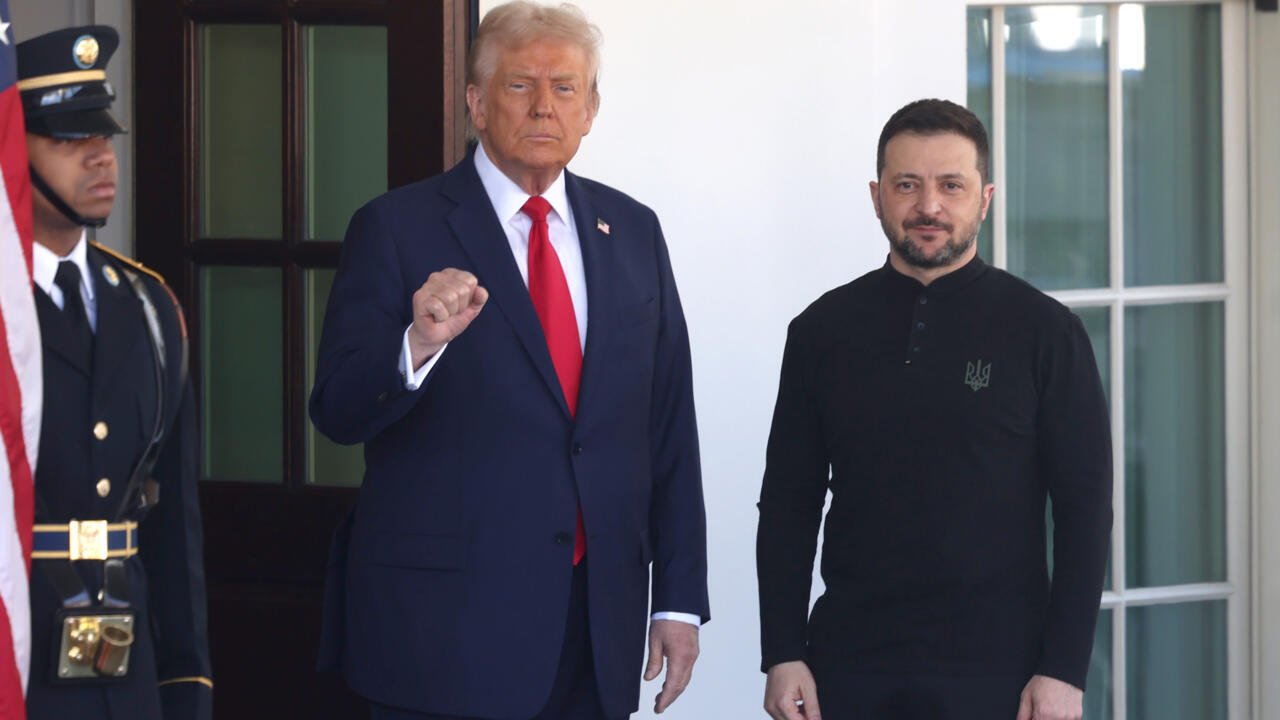European markets are currently navigating heightened volatility as the July 9 deadline approaches for the United States to impose new tariffs on European Union (EU) imports. U.S. President Donald Trump has threatened to implement tariffs up to 50% on EU goods, a move that has intensified market uncertainty and prompted urgent calls for resolution.
German Chancellor Friedrich Merz has urged for a swift agreement to prevent significant economic repercussions. Addressing a banking event, Merz emphasized the urgency of reaching a deal before the looming deadline, highlighting the potential impact on vital sectors such as automotive, steel, and pharmaceuticals. He warned of a diminishing U.S. commitment to Europe and stressed the importance of European autonomy in addressing external threats.
European Commission President Ursula von der Leyen has acknowledged the complexity of finalizing a comprehensive trade deal before the July 9 deadline. She stated that a full agreement is unlikely within the given timeframe, prompting both sides to aim for a less detailed “agreement in principle.” The negotiations are intended to stave off the threatened 50% tariffs on EU goods. With only 90 days scheduled for negotiations, von der Leyen emphasized the intricacies of the €1.5 trillion annual EU-US trade relationship.
U.S. Treasury Secretary Scott Bessent has indicated that approximately 100 countries are expected to receive a 10% reciprocal tariff rate as part of ongoing trade negotiations, with a flurry of deals anticipated before the July 9 deadline. This move aligns with President Trump’s trade policy, which initially set a 10% tariff for 123 jurisdictions, many of which were small countries and territories. The administration had temporarily reduced tariffs in April to give time for negotiations. While most countries with a 10% rate have not engaged in discussions, nations like the U.K. secured a deal to maintain the rate with some sector-specific preferences. In contrast, major trading partners like the European Union, India, and Japan face potential tariff hikes up to 26%, while others such as Lesotho and Madagascar could be subject to tariffs as high as 50%.
European stock markets have responded to the looming tariff deadline with caution. The pan-European STOXX 600 index declined by 0.4% to 541.61 points, indicating a likely weekly loss. Investors are unsettled by President Trump’s announcement that the U.S. would begin notifying countries of new import tariff rates, as the 90-day pause on higher tariffs nears its end. Key trading partners, including the European Union, have yet to finalize trade agreements, intensifying market uncertainty. Sector-wise, mining stocks led the declines with a 1.1% drop, followed by a 0.8% fall in technology stocks.
The European Central Bank (ECB) has expressed concern over rising global trade uncertainty. In June 2025, the ECB cut interest rates for the eighth time in a year to prevent excessive monetary tightening amid these uncertainties. However, the ECB signaled a pause in further rate reductions due to inflation stabilizing at target levels. Policymakers expressed concern that persistent and potentially escalating trade uncertainty—partly driven by erratic U.S. trade policy—could continue to impact the global economy negatively.
Italy could face a significant economic blow if the U.S. imposes a 10% tariff on all European products, potentially resulting in a loss of €20 billion in exports and 118,000 jobs in the following year. Confindustria President Emanuele Orsini emphasized that such tariffs would be especially damaging given Italy’s primary exports of machinery, transportation equipment, and leather goods, which are highly sensitive to price changes. He noted that the effective cost to U.S. consumers would rise by about 23.5%, factoring in the 13.55% depreciation of the dollar against the euro since President Trump’s election. This would make Italian products significantly more expensive and less competitive in the U.S. market.
As the July 9 deadline approaches, European markets remain on edge, closely monitoring the developments in U.S.-EU trade negotiations. The outcome of these discussions will have significant implications for the global economy, influencing trade dynamics, market stability, and economic growth across the continent.












Leave a comment